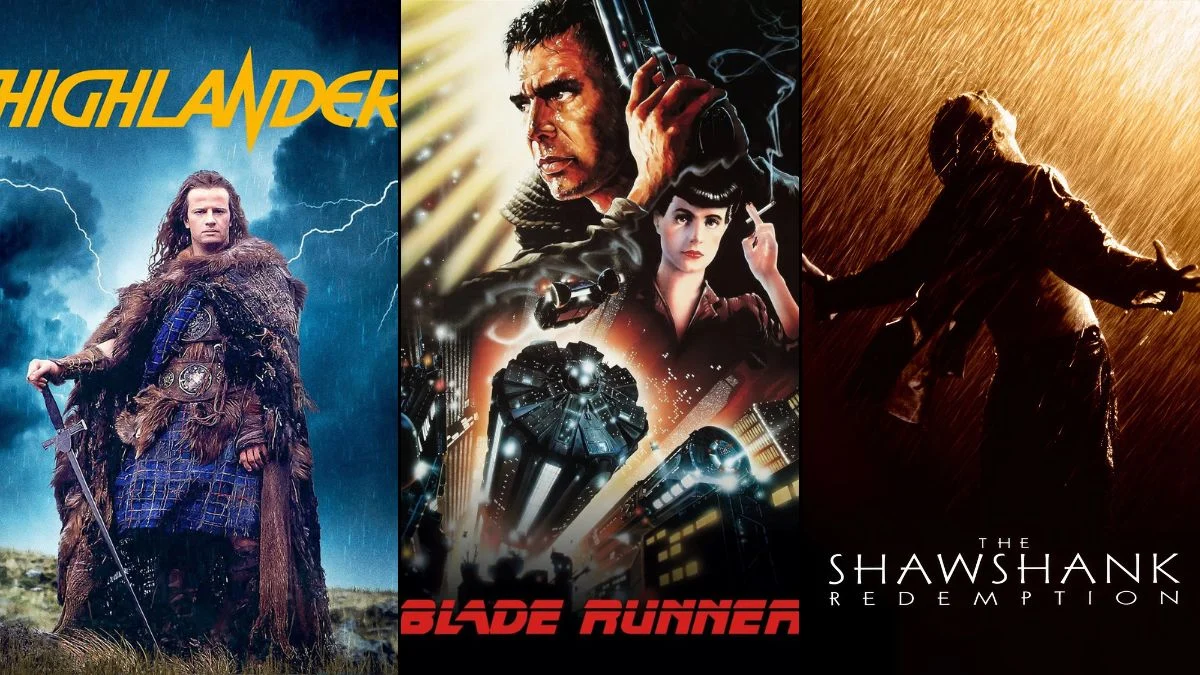
Sometimes movies don’t get the attention they deserve when they first come out, either not attracting many viewers or failing to impress critics. However, as years pass and perspectives change, these underrated treasures can transform into cherished cult favorites, particularly in international markets where audiences appreciate their unique qualities.
This article explores ten movies that failed at the U.S. box office but gained significant fan bases overseas. From strange sci-fi productions to darkly humorous films, these productions found their dedicated audiences worldwide, demonstrating that a bomb in one nation can ignite a cultural craze in another.
The Room (2003)
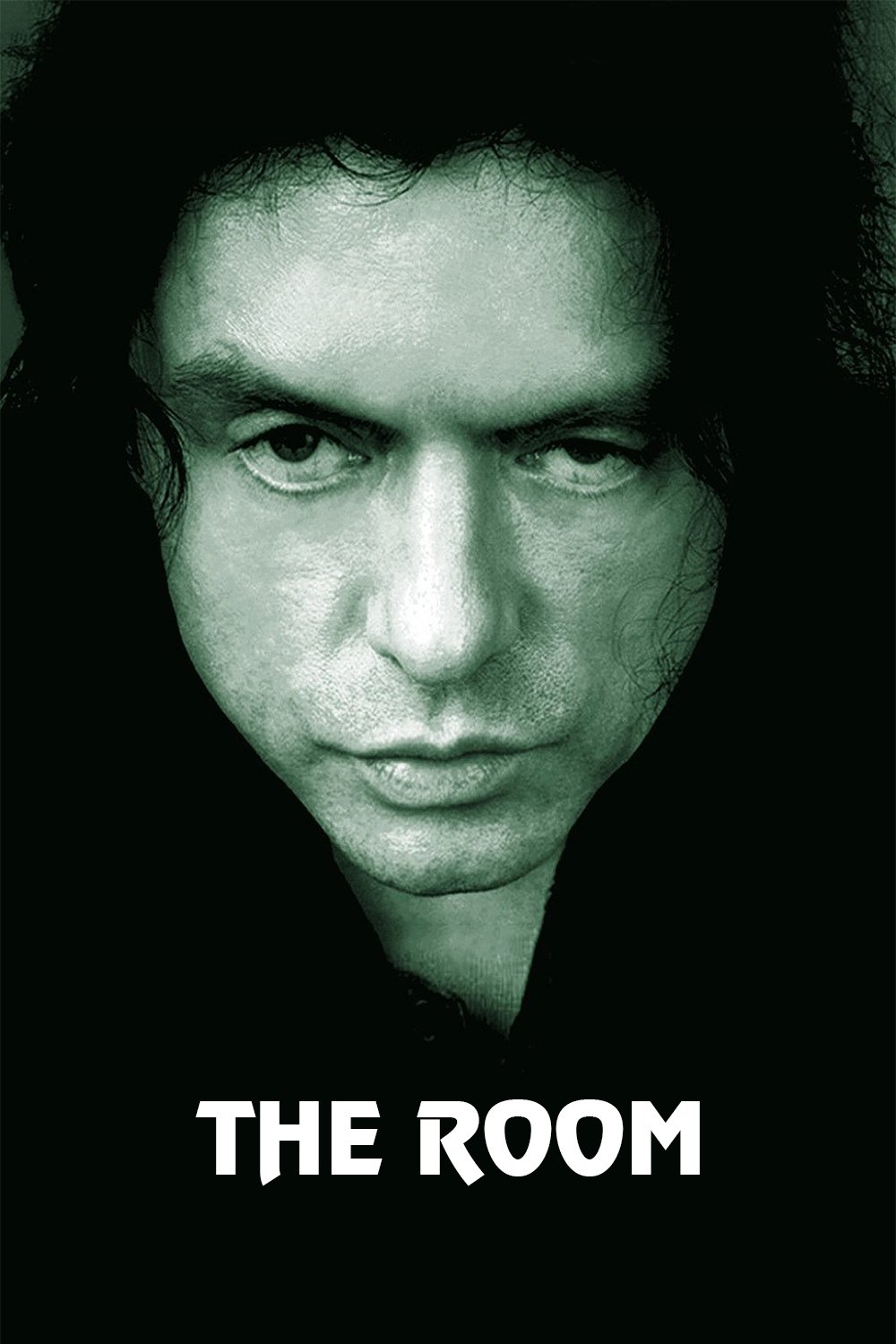
‘The Room’, penned, helmed, and performed by Tommy Wiseau as Johnny, is an enigmatic drama about a man entangled in a complex love triangle. Its U.S. debut was a flop, earning merely $1,900 before being withdrawn from cinemas due to vacant seats and scathing criticisms that branded it confusing and shoddily constructed.
In the UK and Australia, as well as other parts of the world, ‘The Room’ gained immense popularity late at night. Audiences took a liking to its peculiar dialogues and bizarre storyline, transforming screenings into immersive experiences filled with shouting and prop-tossing. This cult classic’s following became so powerful that it led to the creation of a 2017 film, ‘The Disaster Artist,’ which delved into the chaotic process behind its production.
Donnie Darko (2001)
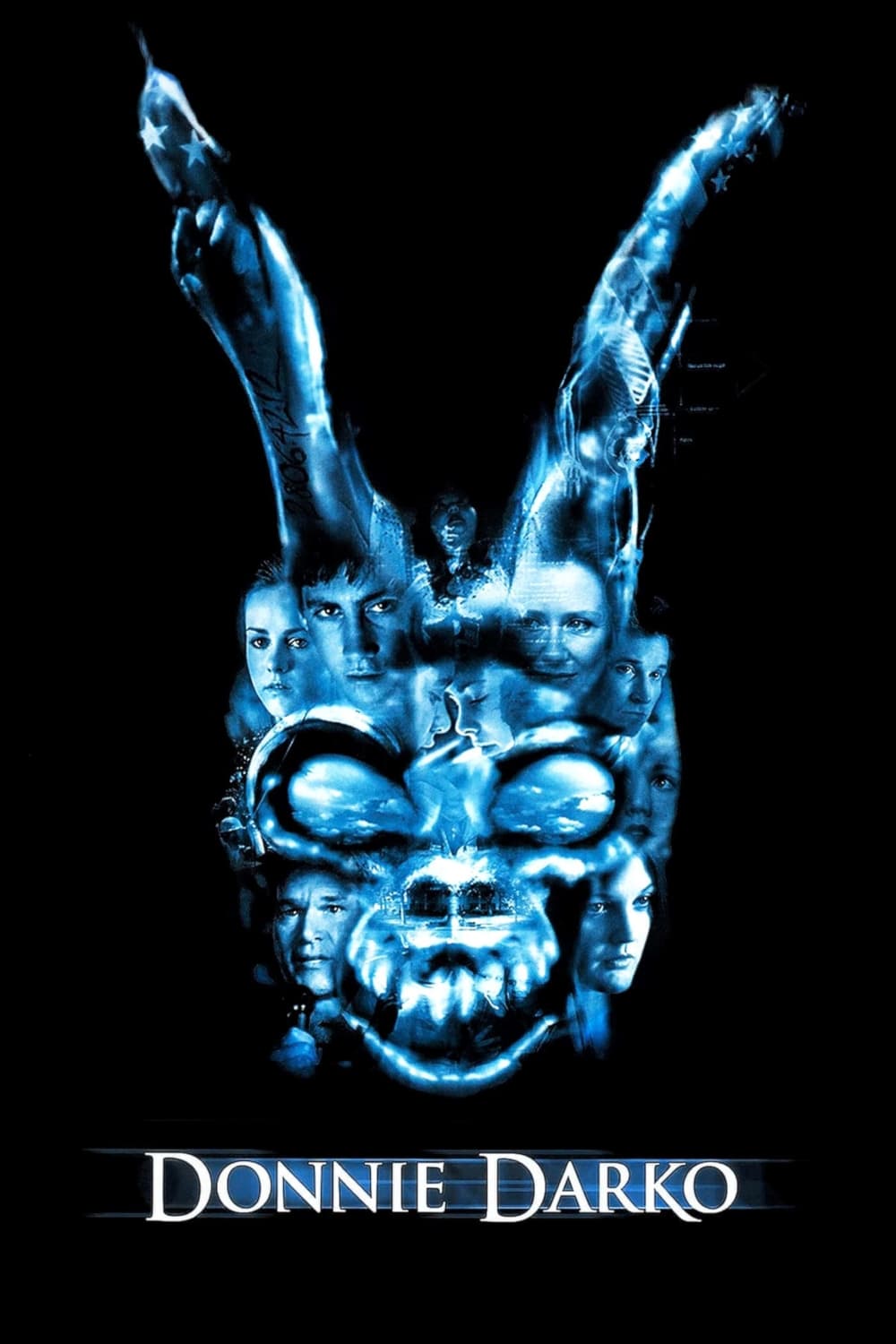
The enigmatic story ‘Donnie Darko,’ featuring Jake Gyllenhaal as a tormented adolescent encountering a prophetic rabbit warning of impending doom, left American viewers perplexed. Launched just after 9/11, the film’s airplane crash motif and production budget of $4.5 million resulted in only $518,000 earnings at U.S. cinemas.
In Europe, particularly the UK, the movie’s somber motifs and intricate time-travel mysteries struck a chord. The release of DVDs sparked casual conversations, turning it into a regular choice for late-night watching. Its eerie ambiance and complex narrative attracted a dedicated fan base, solidifying its status as a cult sci-fi masterpiece.
Highlander (1986)
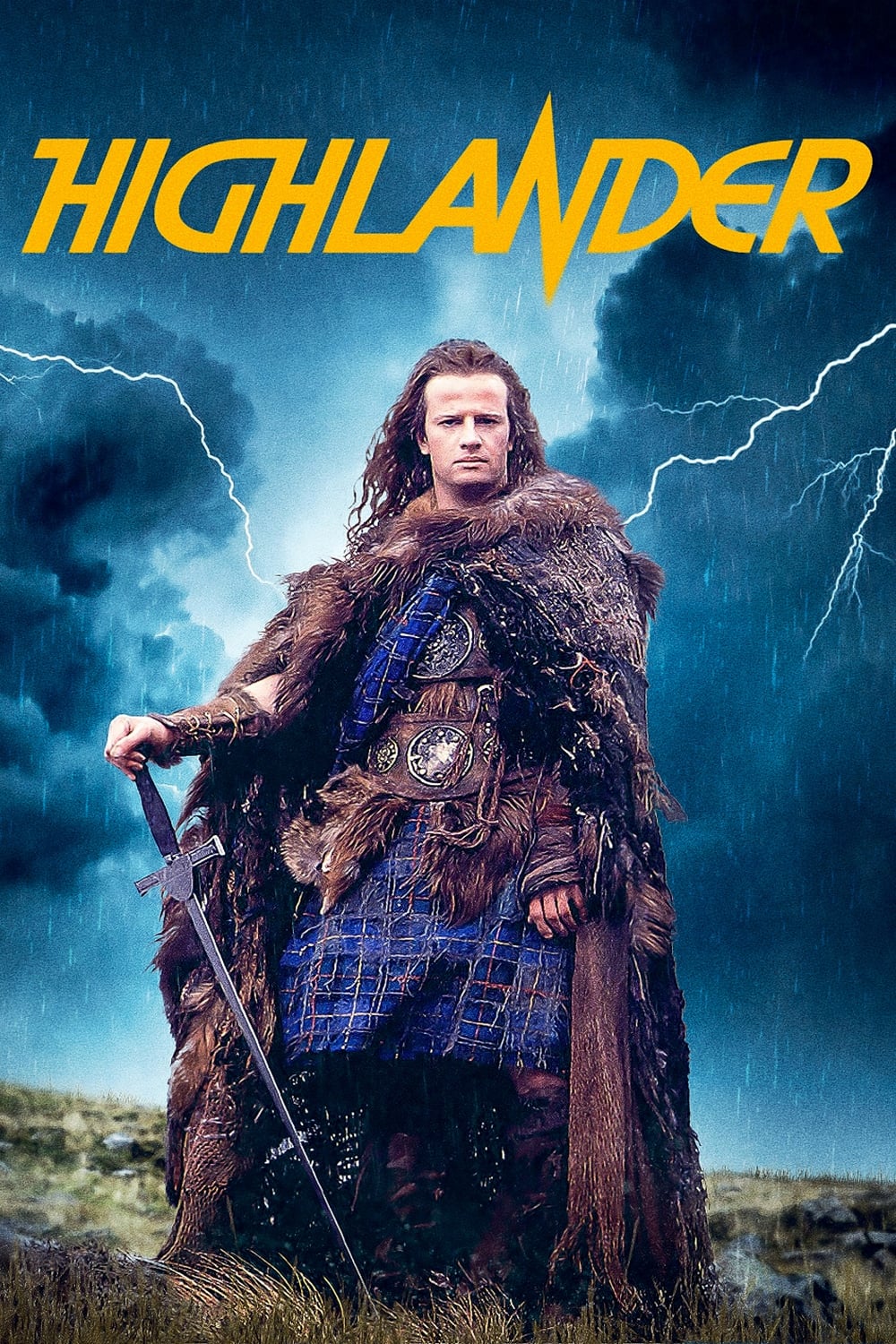
‘Highlander,’ an epic fantasy centered around immortal combatants spanning through time, featured Christopher Lambert and Sean Connery. Despite its daring plotline and Queen’s memorable soundtrack, it managed to earn just $12.9 million in the U.S., while its production cost was $16 million. Critics criticized its inconsistent rhythm, however.
Worldwide, especially in the UK and France, viewers found themselves captivated by its blend of action, romance, and mythology. Home video rentals ignited a global phenomenon, resulting in sequels, television adaptations, and comic books. The phrase, ‘There can be only one,’ left an indelible mark on foreign cultures.
The Big Lebowski (1998)
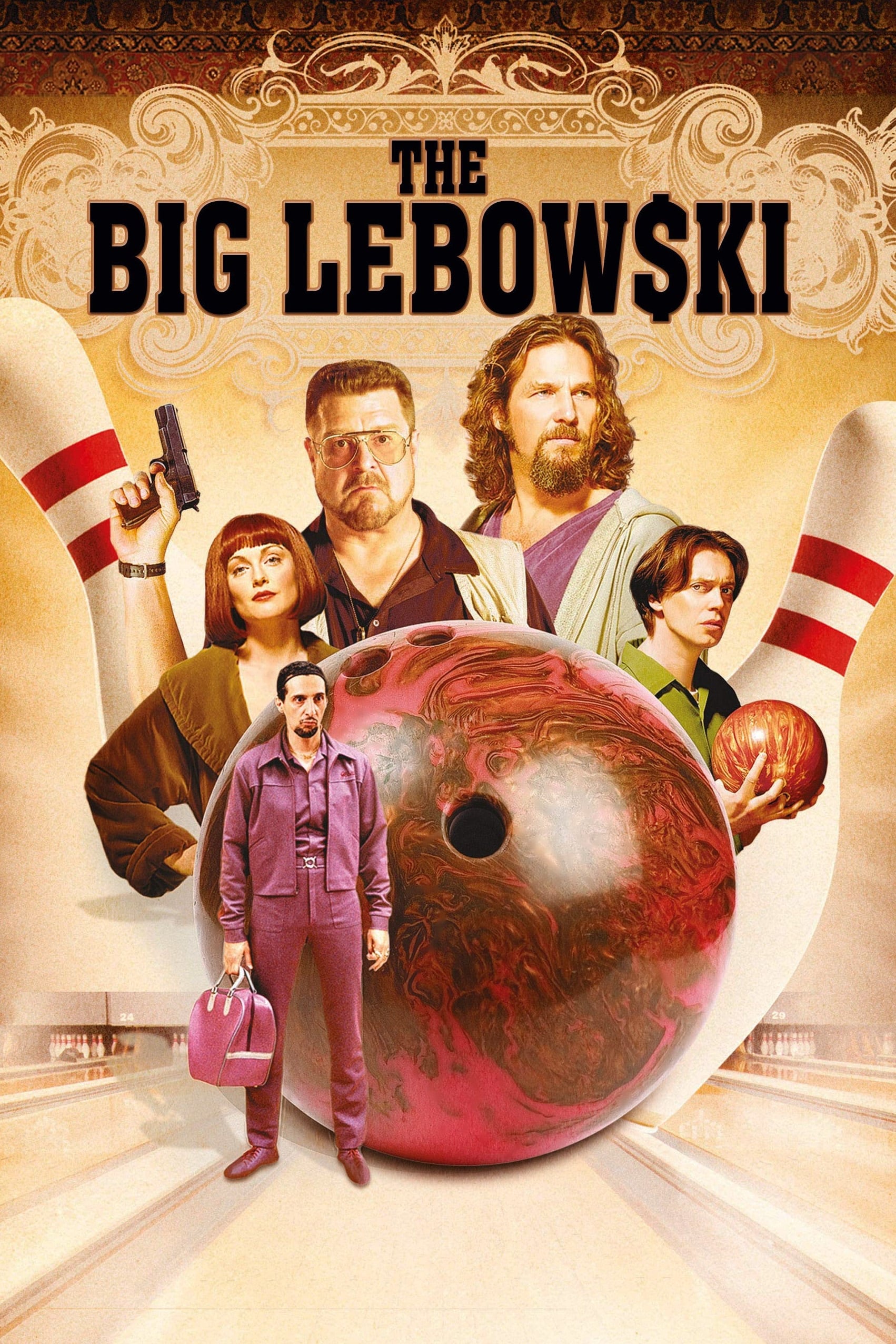
In simpler terms, “The Big Lebowski,” directed by the Coen Brothers, stars Jeff Bridges as The Dude, an easygoing individual who finds himself in a bizarre series of events. Despite earning only $17 million within the U.S., compared to its production cost of $15 million, it was outshone by box office giants like ‘Titanic.’ Additionally, it faced criticism for its complex and winding narrative structure.
Across the UK and Australia, its unique humor and memorable phrases such as ‘The Dude abides’ resonated strongly. The widespread popularity was further boosted by home video releases and television airings, leading to events like Lebowski Fest and a philosophical movement known as Dudeism, demonstrating its international appeal.
Dazed and Confused (1993)
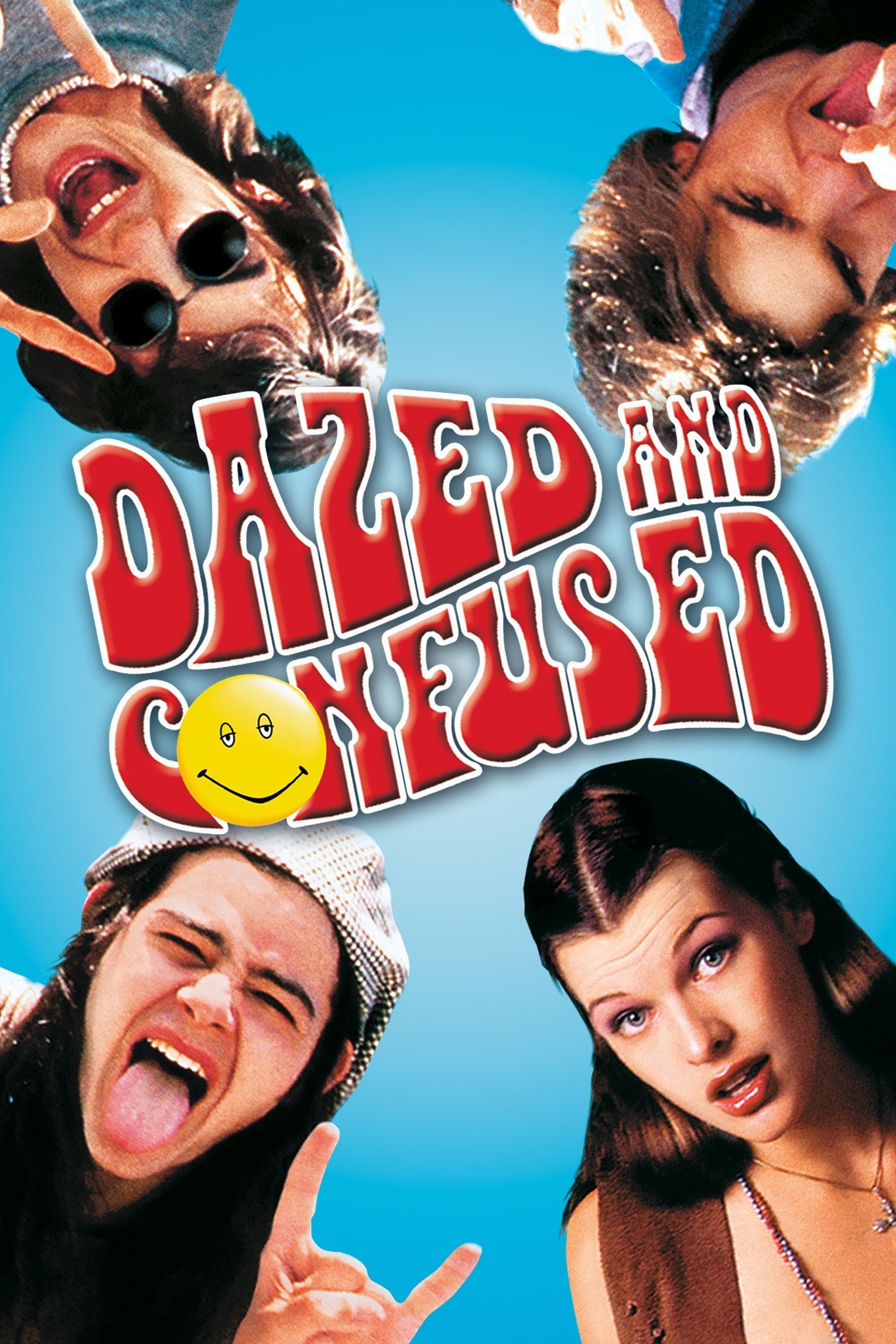
Titled ‘Dazed and Confused,’ this coming-of-age comedy set in the 1970s follows a group of teenagers, among them rising stars like Matthew McConaughey. Despite its initial budget of $6.9 million, it struggled to recoup its costs within the U.S., garnering mixed reviews that described it as somewhat disjointed, yet still appreciating its nostalgic allure.
In Europe, particularly Britain, the relaxed atmosphere and captivating soundtrack made it extremely popular on video and cable. Fans adored its genuine depiction of youth, and it’s now widely acclaimed as a seminal ’90s film, with phrases like “Alright, alright, alright” being heard globally.
Blade Runner (1982)
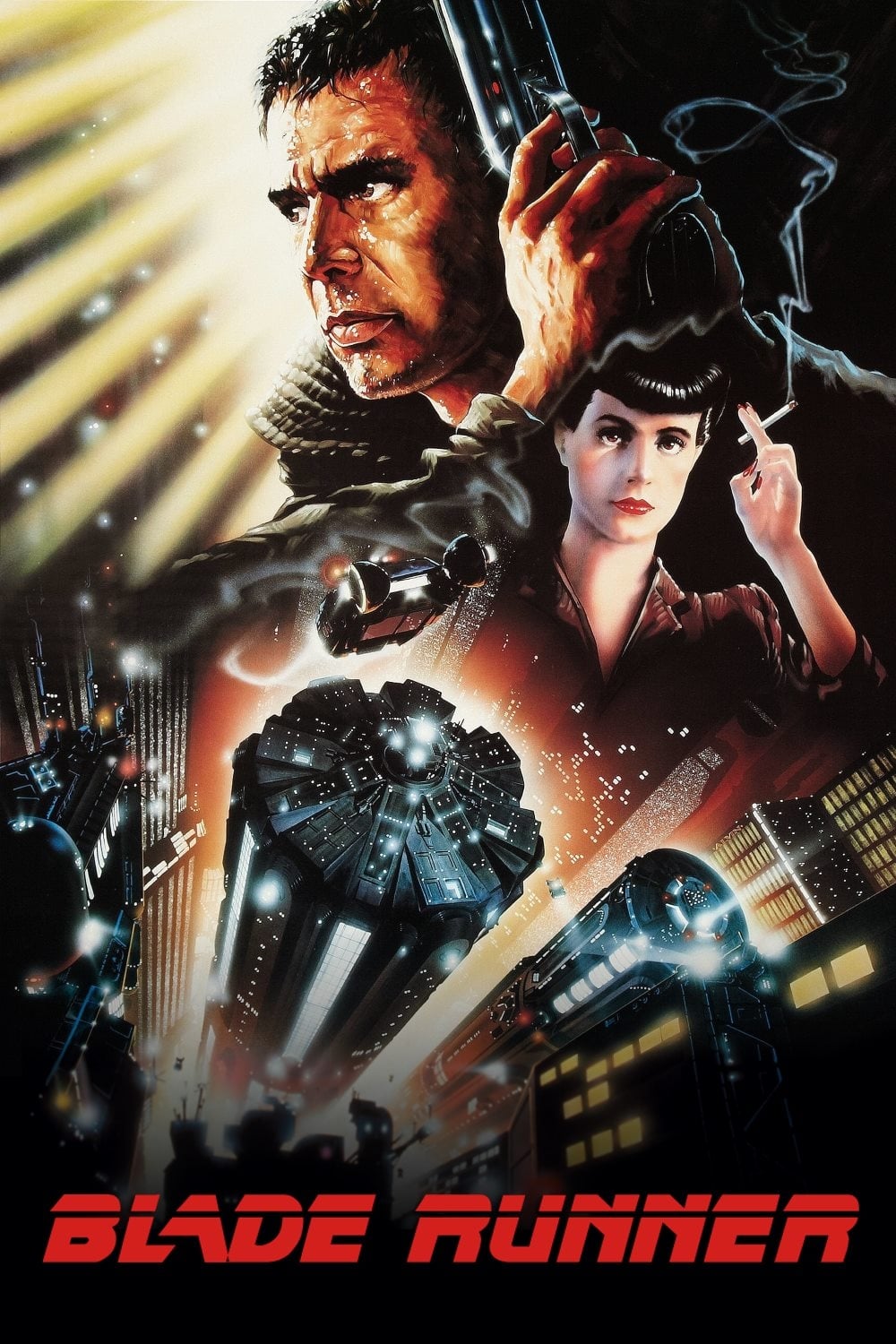
Ridley Scott’s ‘Blade Runner,’ a science fiction film set in a dystopian world, featured Harrison Ford as a bounty hunter pursuing rogue androids. Despite garnering $41.5 million worldwide on a $30 million budget, the movie failed to impress American audiences due to its leisurely pace and somber atmosphere which they found unsettling.
In Japan and Europe, as well as other parts of the world, this movie, with its vibrant neon visuals and profound philosophical aspects, has been highly captivating for viewers. The Director’s Cut released in 1992 significantly enhanced its reputation, establishing it as a seminal work in science fiction. To this day, fans from across the globe gather at conventions to pay tribute to its revolutionary style and themes.
Heathers (1989)
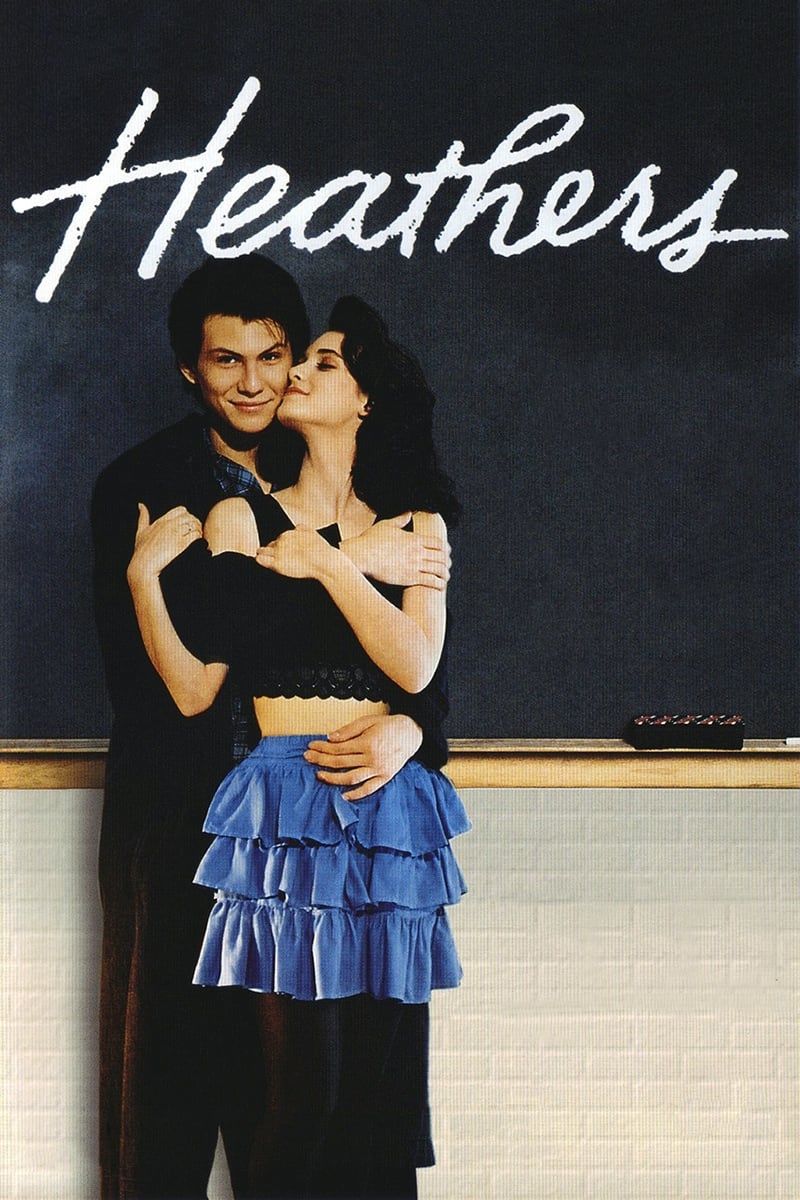
‘Heathers,’ a black-humored film set in high school circles, featured Winona Ryder and Christian Slater. Despite its stellar cast, the movie managed only $1.1 million at U.S. box offices, despite having a budget of $3 million. Its bold and controversial style turned off mainstream viewers and critics alike.
In the UK and Australia, it gained a devoted following through video rentals due to its sharp humor and unique portrayal of teenage rebellion. Its snappy dialogue sparked a musical and television adaptation, and its performances continue to be appreciated worldwide for their defiant spirit.
The Rocky Horror Picture Show (1975)
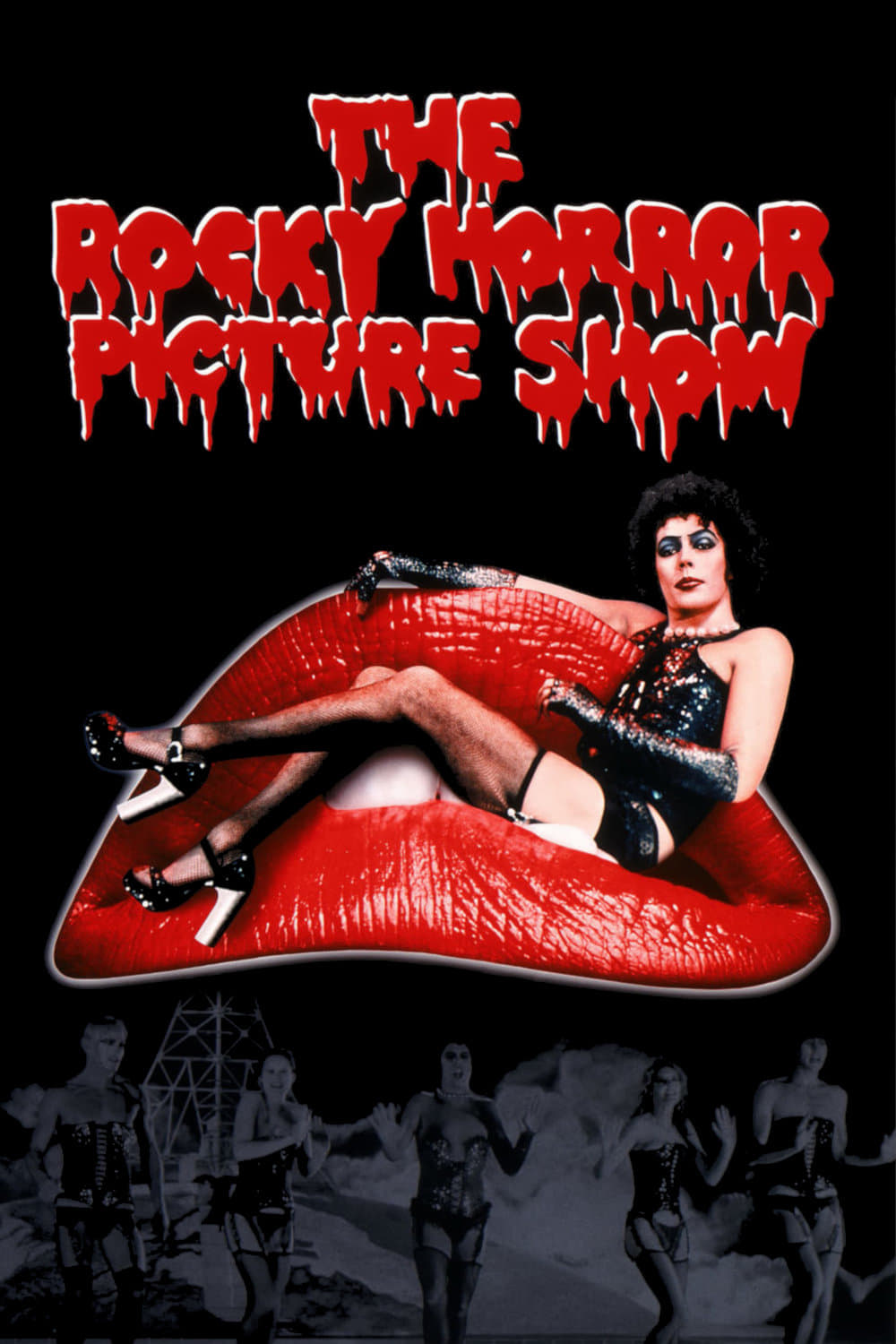
Originally, ‘The Rocky Horror Picture Show,’ a musical filled with camp and featuring Tim Curry as an extravagant scientist, struggled significantly in the U.S., earning only $22,000 before being removed from cinemas. The film’s peculiar storyline and explicit sexual content puzzled American audiences.
Overseas, particularly in the United Kingdom, midnight screenings transformed it into a cultural phenomenon. Fans donned costumes of the characters, recited lines, and tossed props, making it the longest-running film release to date. The worldwide following continues to fill cinemas for immersive showings.
Fight Club (1999)

As a passionate moviegoer, I can’t help but reflect on David Fincher’s groundbreaking masterpiece, ‘Fight Club,’ which starred the talented duo of Brad Pitt and Edward Norton. This film delved deep into the complexities of consumerism and masculinity, yet it surprisingly struggled to resonate with American audiences, earning just $37 million against its production cost of $63 million. The movie’s dark undertones and raw violence seemed to be a turn-off for mainstream viewers.
As a fervent cinephile, I’ve experienced the infectious, unruly charm of a film that sparked a devoted following across Europe and Australia. Its intricate narrative structure and unexpected twists catapulted DVD sales beyond $100 million, earning it iconic status among its fanbase. Overseas audiences have wholeheartedly adopted its rebellious spirit, frequently invoking memorable lines such as ‘You are not your job,’ in social gatherings and online forums, creating a unique cultural phenomenon.
The Shawshank Redemption (1994)
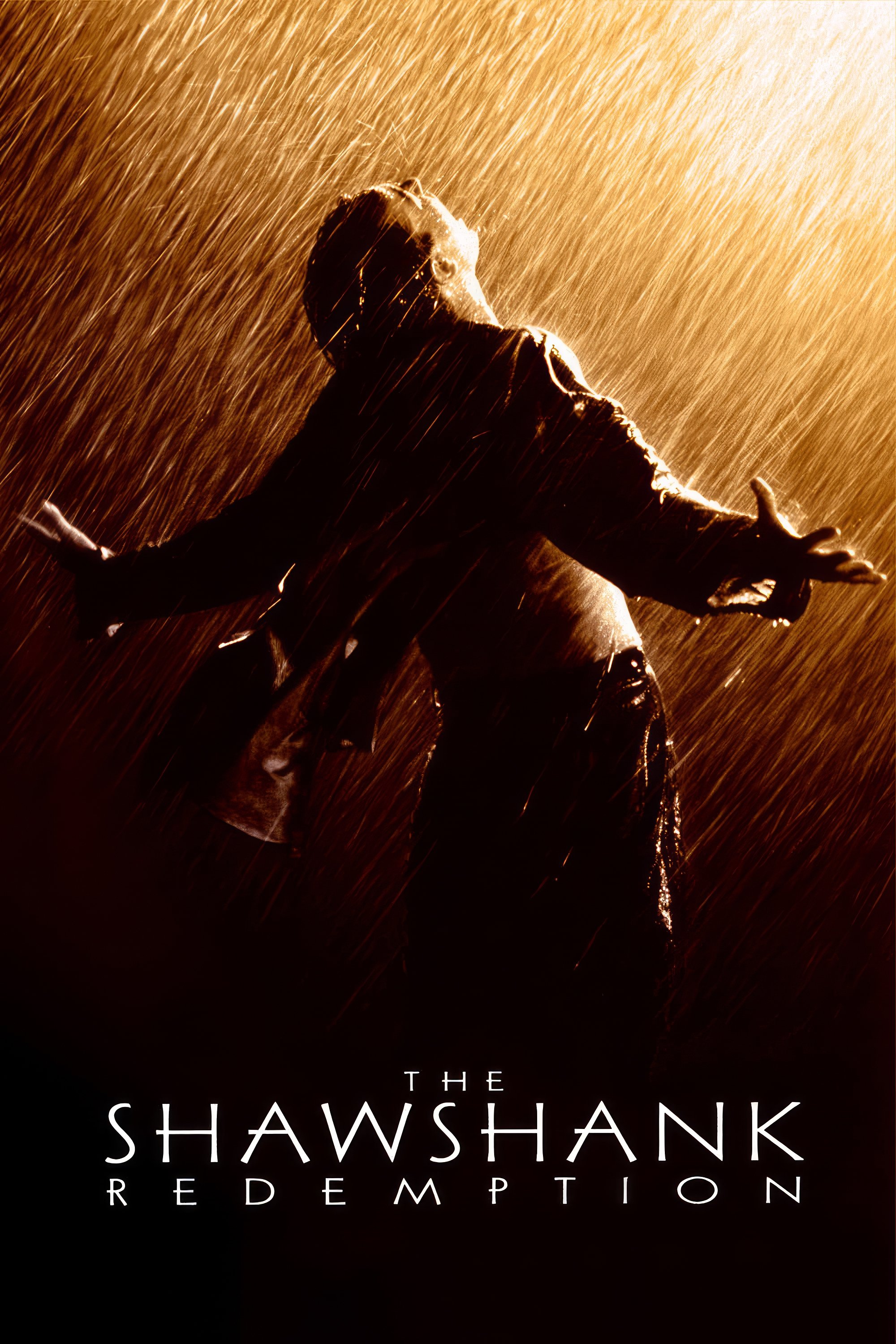
In simpler terms, ‘The Shawshank Redemption,’ featuring Tim Robbins and Morgan Freeman, is a prison drama that received seven nominations for Oscars but only made $16 million in the U.S., despite having a production budget of $25 million. The film’s title might have left audiences puzzled, and it struggled to stand out amidst more attention-grabbing movies released in 1994.
Worldwide, particularly in the UK and Asia, this film’s touching tale of hope and camaraderie has gained significant popularity through TV broadcasts and video rentals. Now widely acclaimed, it is frequently listed among the greatest films, with viewers often quoting its memorable line, “Make a choice: live or die.
Read More
- 39th Developer Notes: 2.5th Anniversary Update
- Shocking Split! Electric Coin Company Leaves Zcash Over Governance Row! 😲
- Celebs Slammed For Hyping Diversity While Casting Only Light-Skinned Leads
- Quentin Tarantino Reveals the Monty Python Scene That Made Him Sick
- All the Movies Coming to Paramount+ in January 2026
- Game of Thrones author George R. R. Martin’s starting point for Elden Ring evolved so drastically that Hidetaka Miyazaki reckons he’d be surprised how the open-world RPG turned out
- Gold Rate Forecast
- Here Are the Best TV Shows to Stream this Weekend on Hulu, Including ‘Fire Force’
- Celebs Who Got Canceled for Questioning Pronoun Policies on Set
- Ethereum Flips Netflix: Crypto Drama Beats Binge-Watching! 🎬💰
2025-07-17 02:47